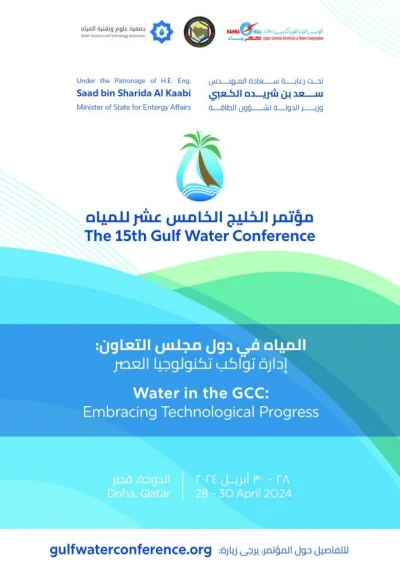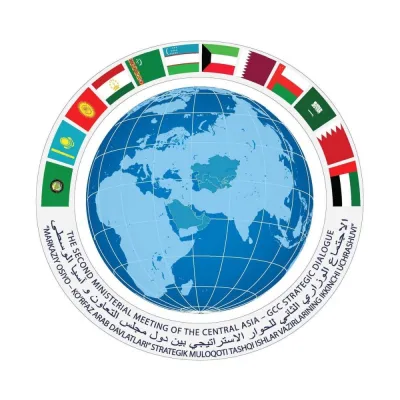By Santhosh V Perumal
Business Reporter
Falling oil prices are unlikely to spur Gulf’s Islamic debt issue this year; even as no “meaningful” correlation between oil price swings and trends in GCC sovereign sukuk issuance could be ferreted out, according to global credit rating agency Standard and Poor’s (S&P).
“The upside for sovereign sukuk issuance in countries in the Gulf Co-operation Council (GCC) is limited in 2015,” it said.
Although lower oil prices will lead to fiscal deficits in some countries in the GCC, S&P said most governments’ net asset positions will likely remain strong enough to enable their financing.
The extent and duration of the oil price fall will likely most affect the financing needs of those GCC sovereigns where expenditure side responses or liquid reserves are not available to cover fiscal deficits resulting from lower oil revenues, it said.
While keeping an eye on the likely financing mix for regional mega-projects, S&P continue to expect that most sovereign sukuk issues will relate to essential infrastructure projects and refinancing needs.
The tightening fiscal positions of regional governments may also spur GRE (government-related enterprises) debt issuance that can facilitate off-balance sheet financing, it said.
Governments that benefit from increased revenues during times of high oil prices often take the opportunity to initiate new projects. Among GCC members, such expenditure typically includes infrastructure development, according to S&P.
Because of their size and duration, infrastructure projects often need a mix of public and private financing, it said, adding corporates and infrastructure financing companies have frequently obtained funding in local and international bank markets and also by accessing debt capital and sukuk markets, albeit to a lesser extent.
Islamic finance lends itself naturally to project finance because of the need under Shariah to have assets linked to a transaction and project finance sukuk are potentially attractive not just to investors in conventional project finance instruments, but also to those looking specifically at Islamic assets.
The agency said if higher revenues reinforce a sovereign’s fiscal and external position, then the sovereign’s ability to continue financing complementary infrastructure expenditure should also strengthen, making related projects more attractive investment opportunities.
Finding that simple correlation coefficient between Brent spot prices and monthly sukuk issuance volume shows a relationship of just 0.16 for Middle East sovereign issuers; S&P said “we see no meaningful link between oil price changes and the GCC sovereign sukuk issuance.”
One of the principal reasons explaining the lack of linkages between oil prices and sukuk issuance is the large stocks of fiscal assets that many GCC members have built up through years of fiscal and current account surpluses. Along with conventional debt issuance, governments tend to use these assets as the main sources of public-sector financing for infrastructure projects, it said.
Highlighting that the size of fiscal deficits and their duration, which will be a function of both oil prices and policy response, will have a bearing on sovereigns’ financing mix, it said the larger the deficits are or the longer they persist could increase the likelihood of financing through a range of instruments.
Sizable infrastructure projects are underway in the GCC, including in Abu Dhabi ($90bn in development projects), Qatar (capital investment programme), and Dubai (Dubai Expo 2020).
“We expect that these projects, and essential infrastructure work, will underpin sukuk issuance by sovereigns and government-related entities over the next few years,” it said.
In addition to the availability of liquid fiscal assets for deficit financing, the activity of GREs as alternative or partial financers of infrastructure projects is an important consideration.
As with GCC sovereigns, the correlation between regional GREs’ sukuk issuance and oil prices is weak. Still, sukuk may appeal to the region’s liquidity pool and provide an opportunity for diversification in an infrastructure project’s financing mix, it said.
Growth-boosting, counter-cyclical expenditures offer an additional incentive to continue with infrastructure projects, even during a period of subdued oil prices, particularly if the financing is on GREs’ balance sheets, rather than on the governments’.

Although lower oil prices will lead to fiscal deficits in some countries in the GCC, S&P says most governments’ net asset positions will likely remain


